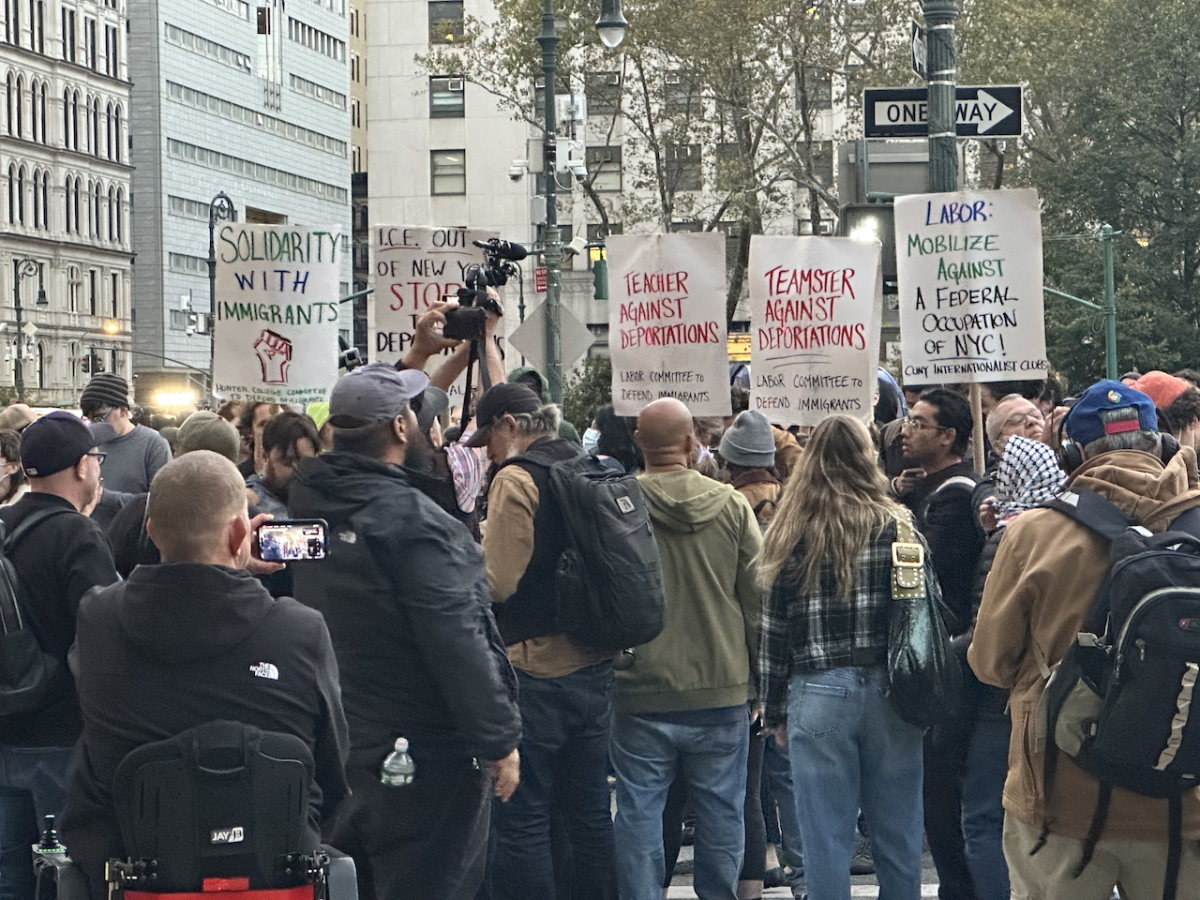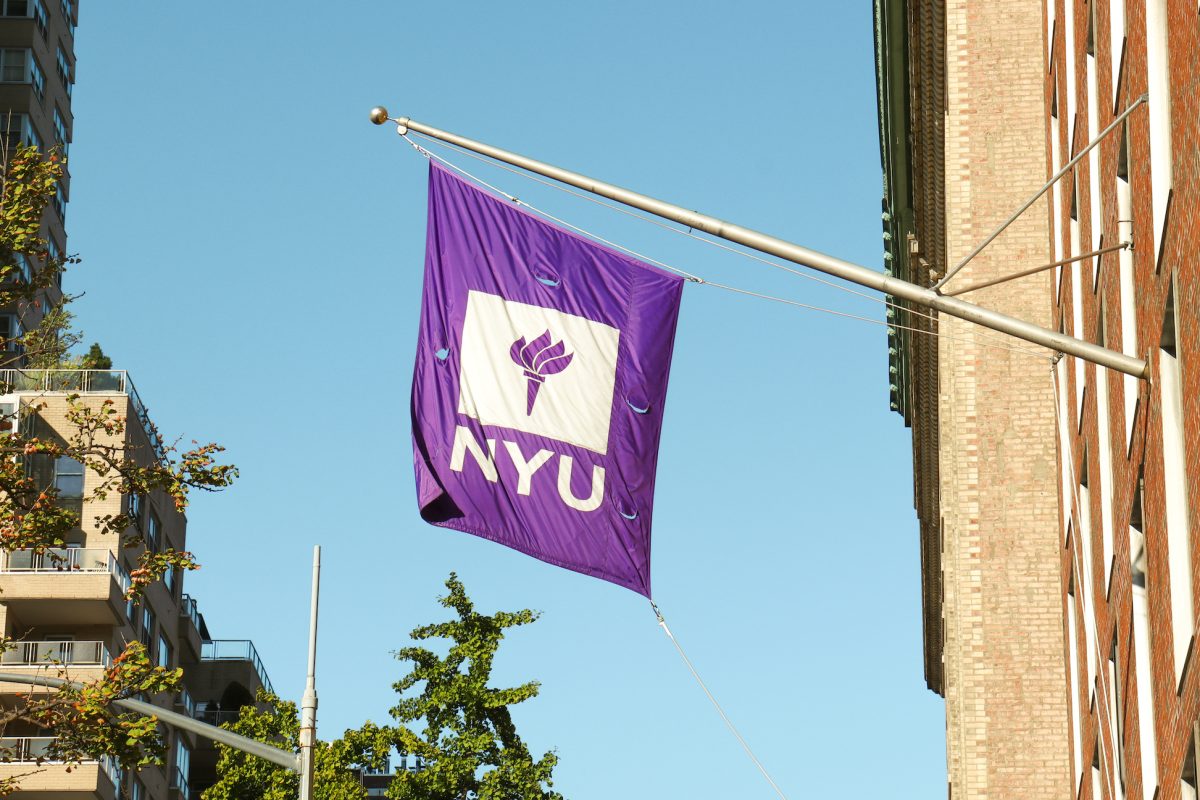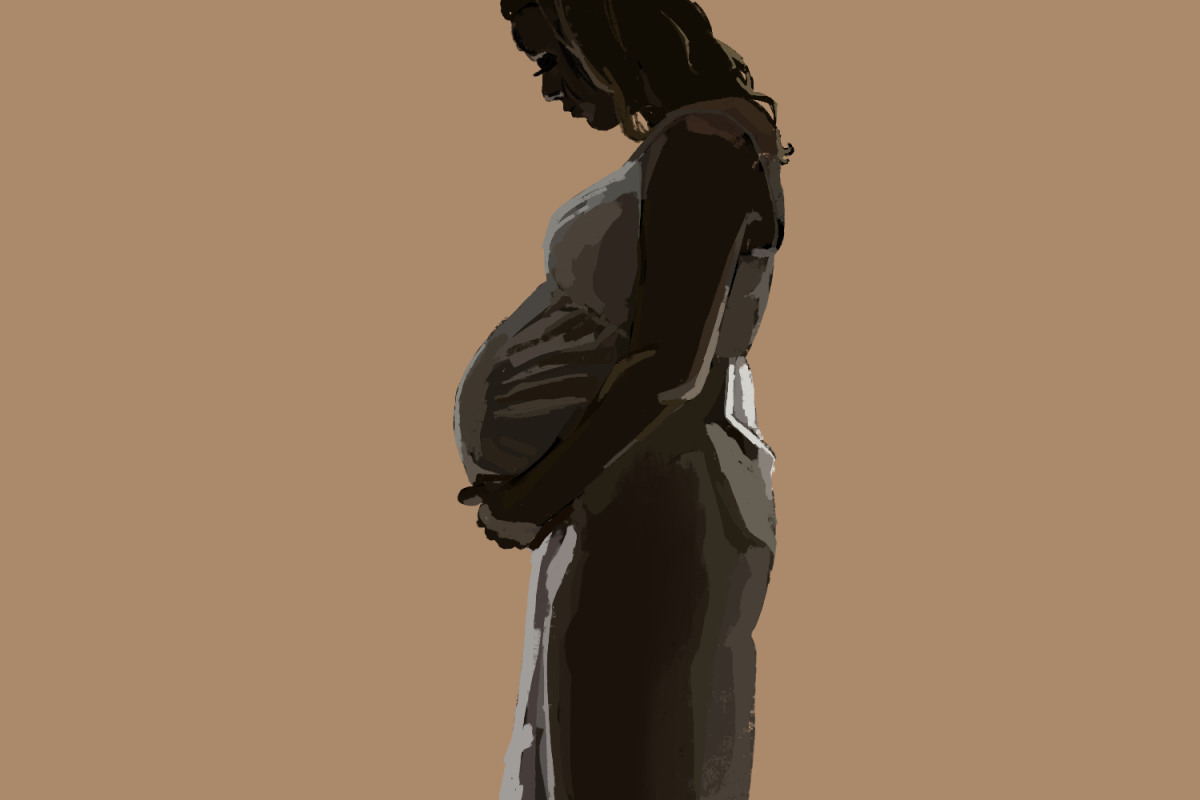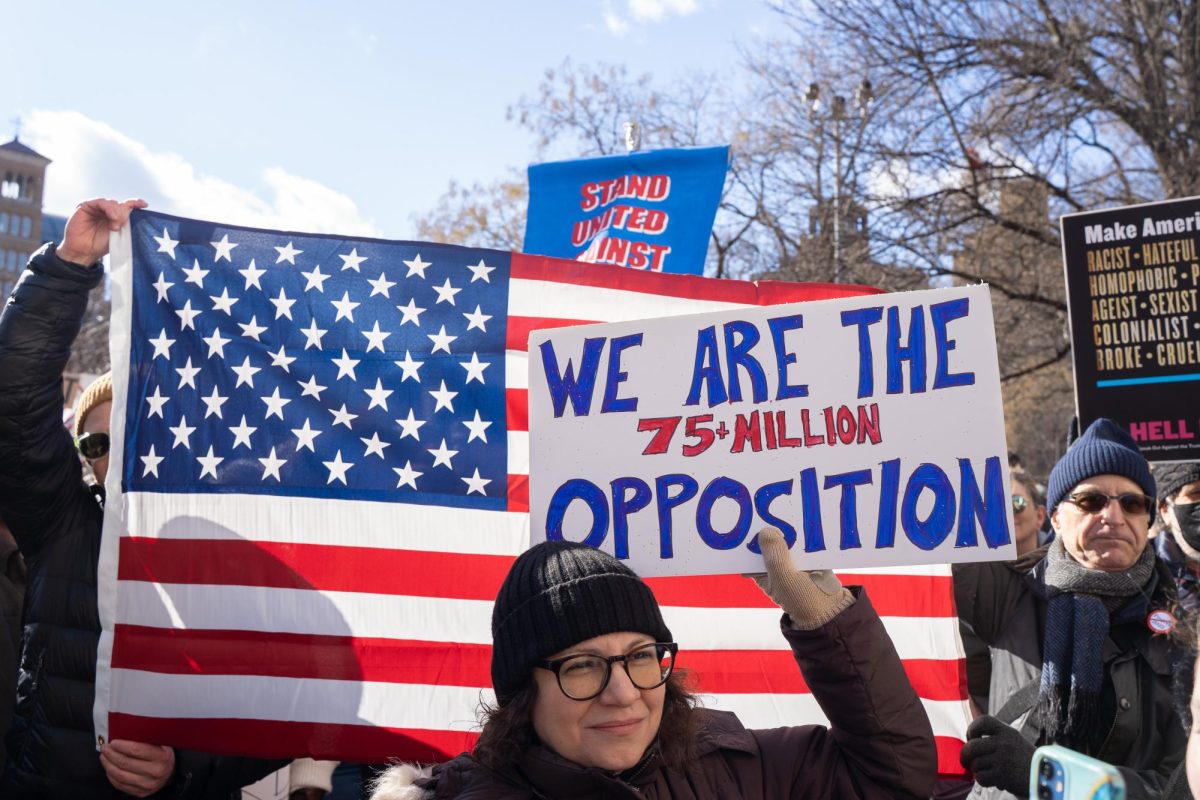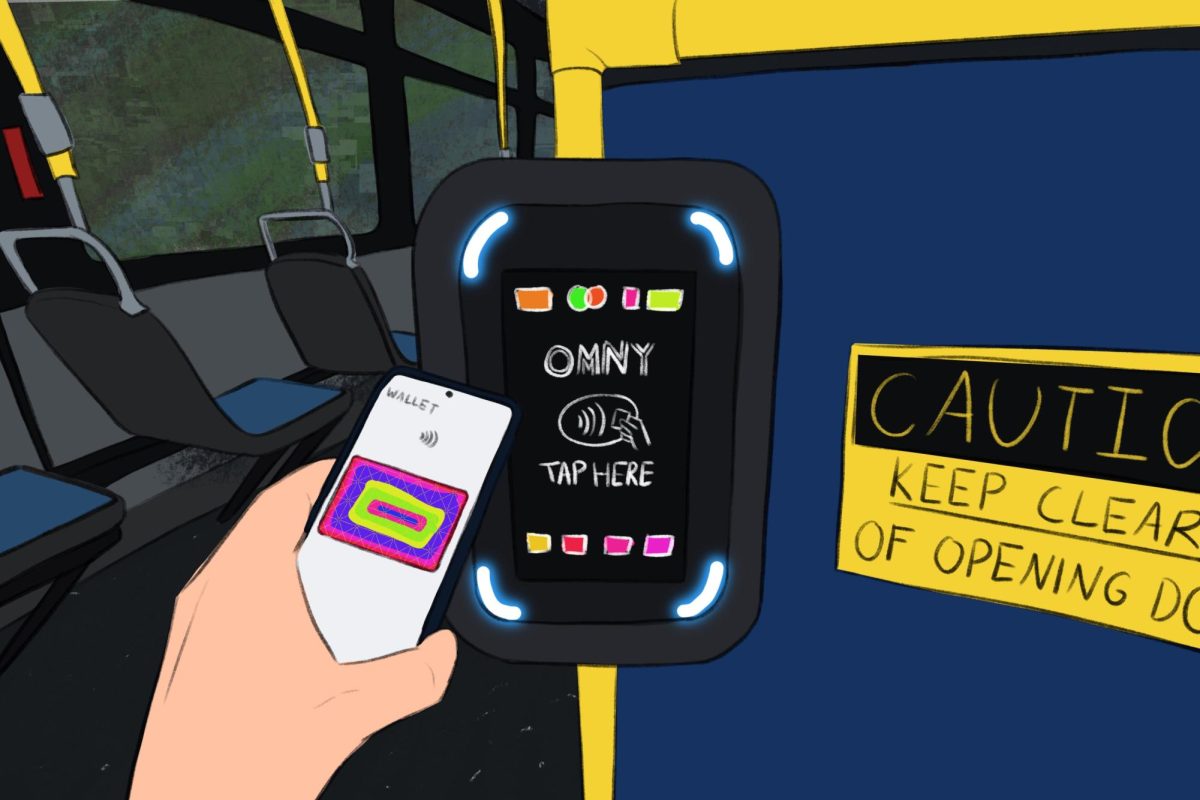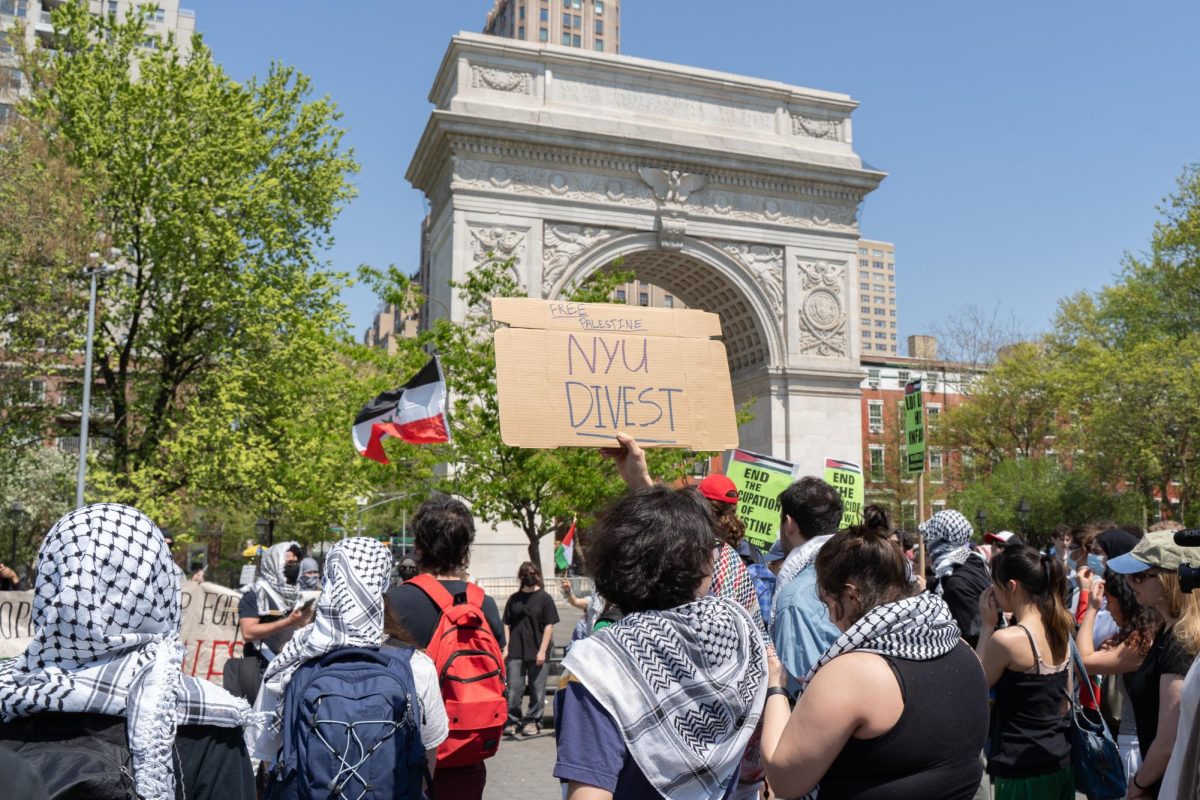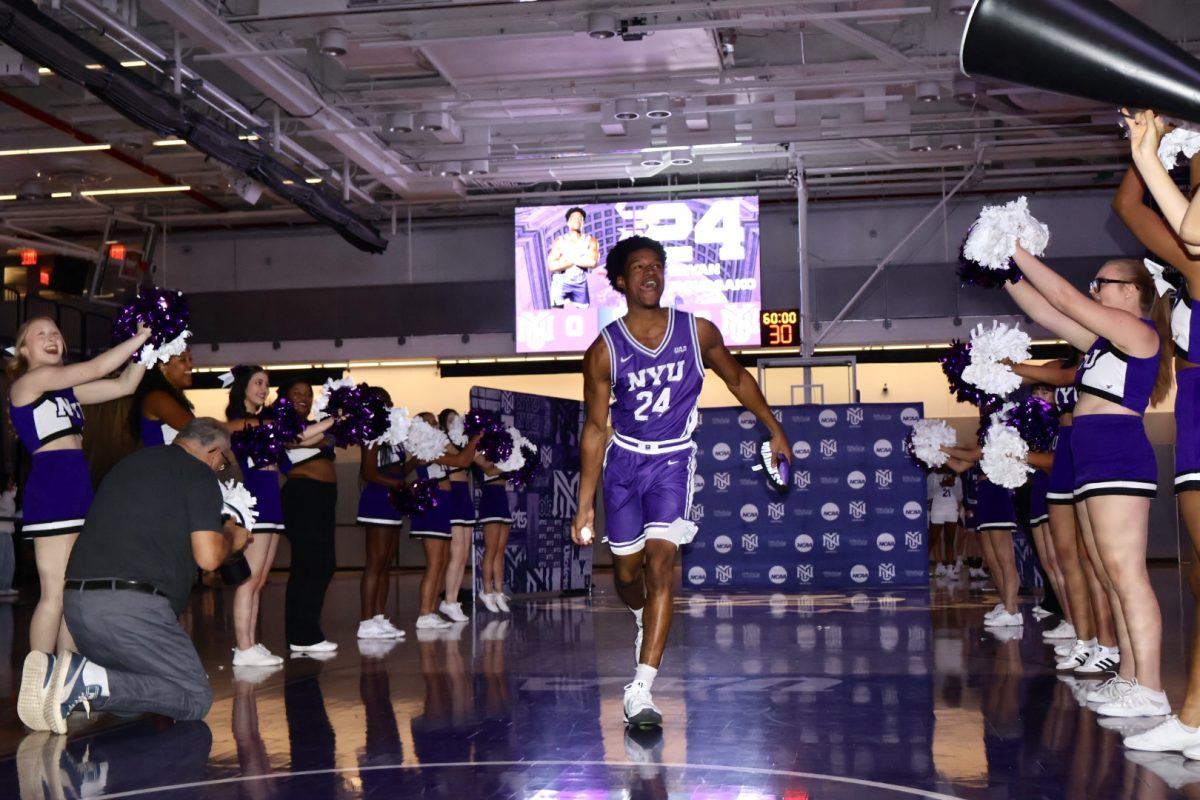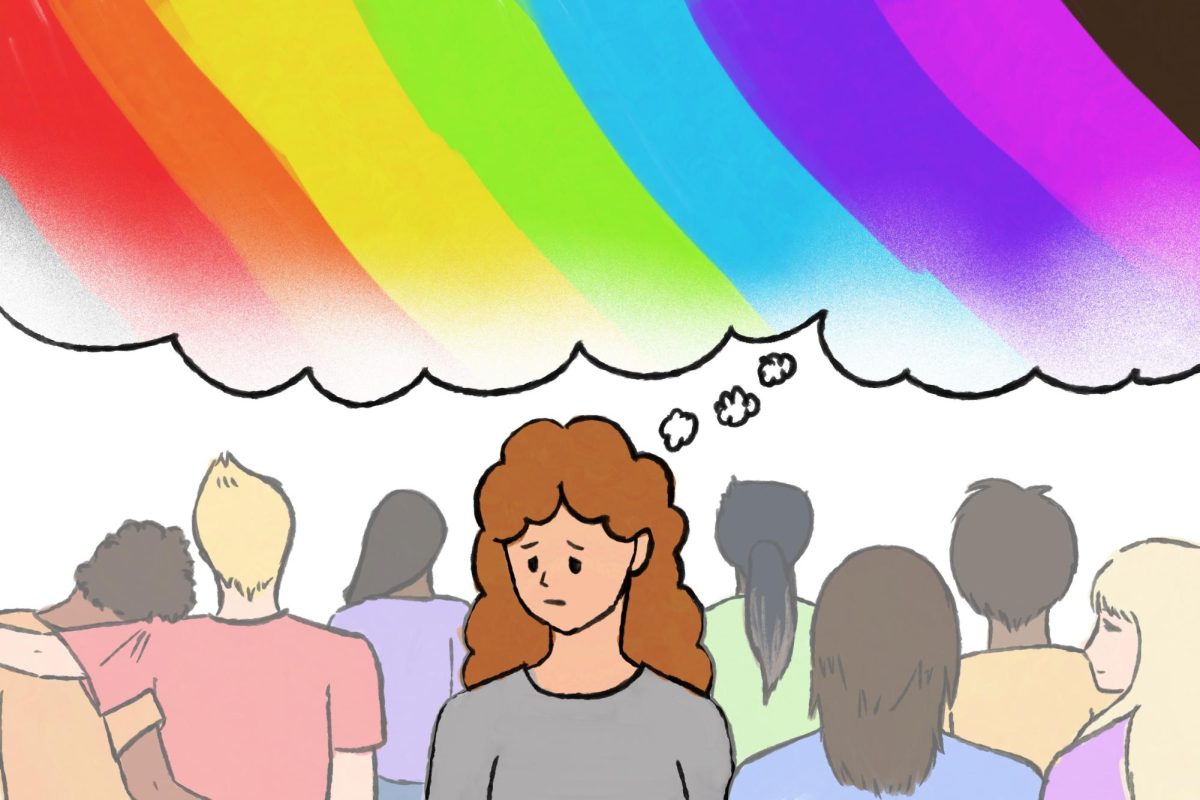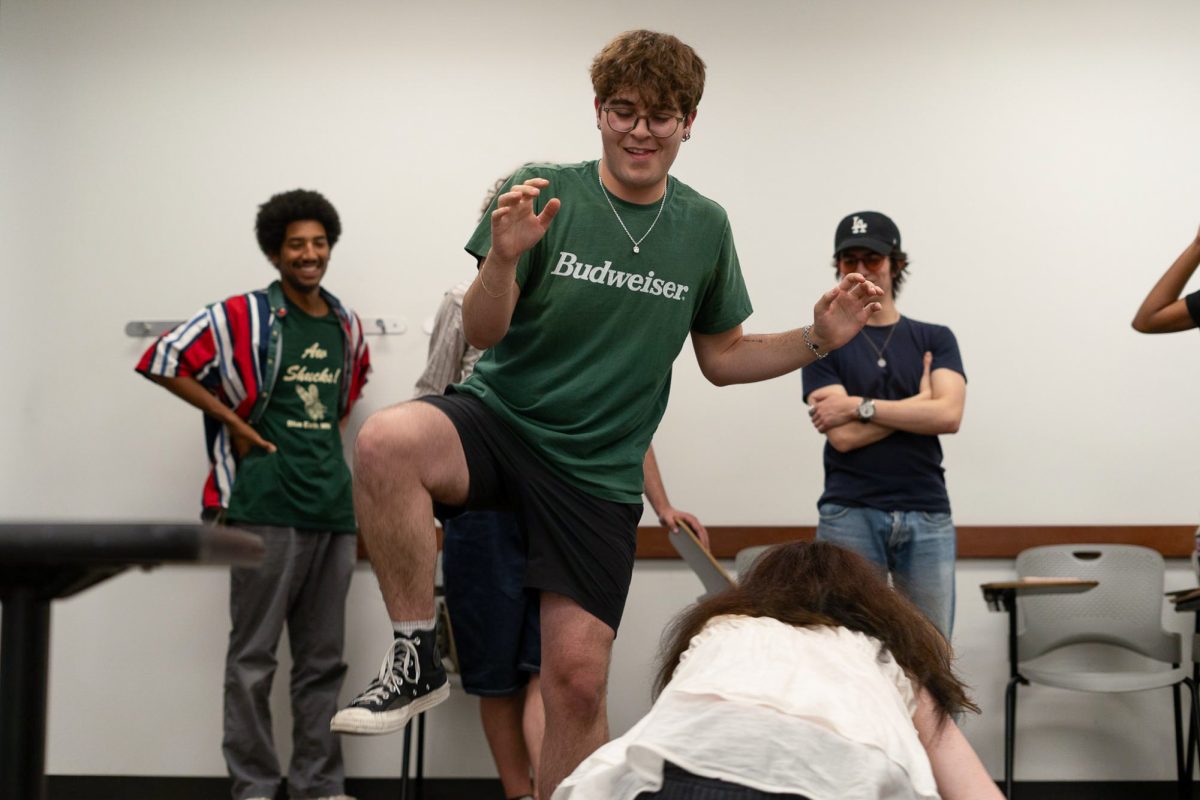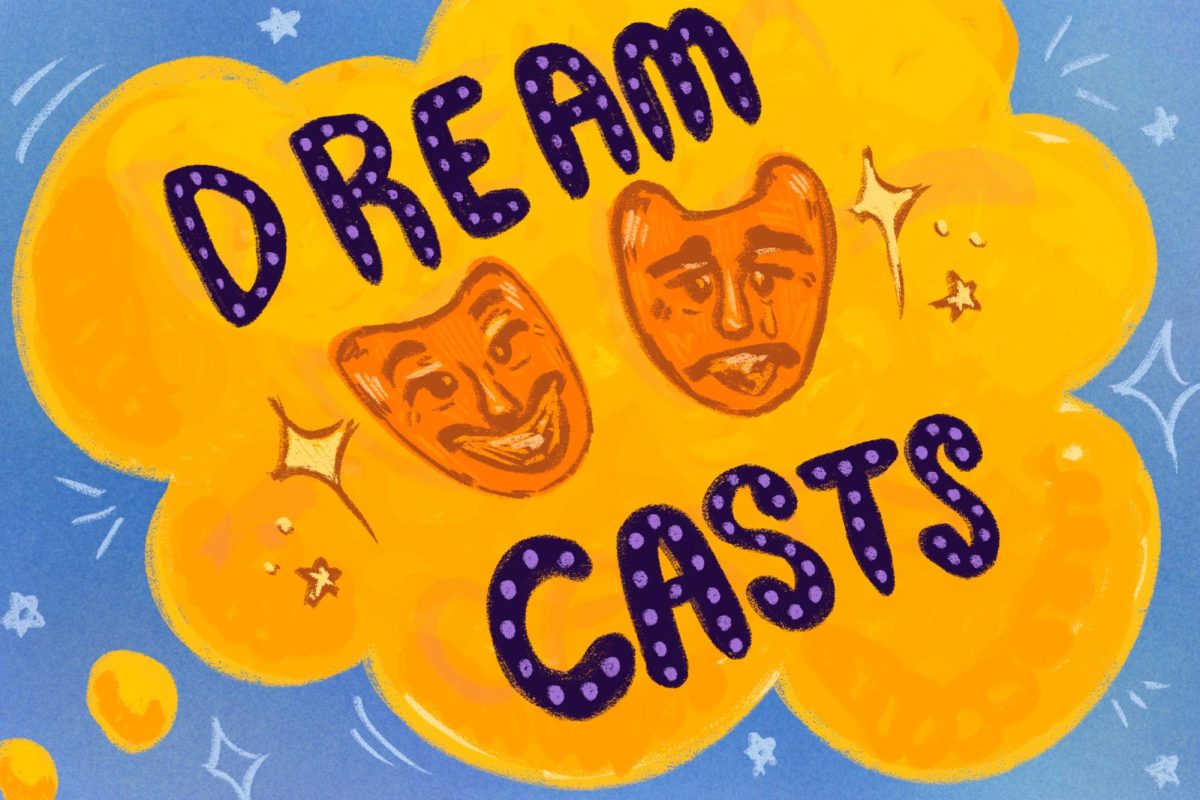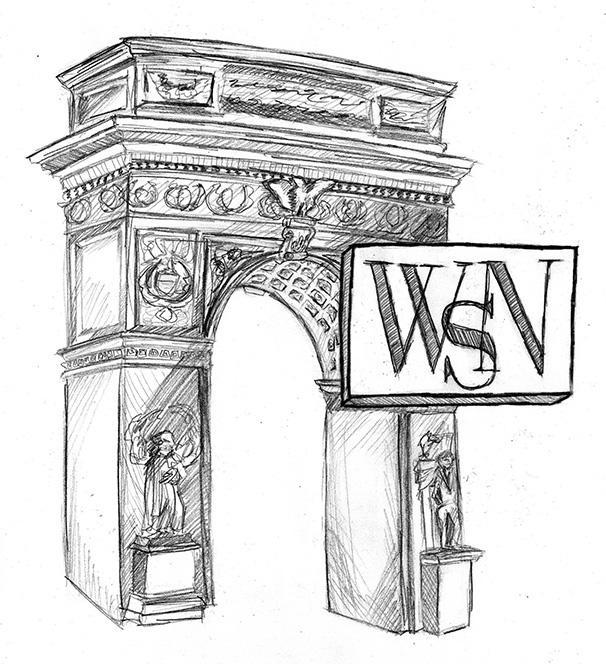On Jan. 27, the New York State Education Department released its data report on Title IX complaints from college campuses across the state. It is a result of the “Enough is Enough” law passed in the state legislature, which was meant to create a set of procedures and guidelines that support victims of sexual assault, domestic violence, dating violence and stalking. NYU was included in the report, but the results show the problematic nature of the university’s safety nets.
NYU reportedly only had 173 cases out of its 50,000 students. The low statistic reflects the fact that NYU suffers from a severe underreporting issue caused by a rift of distrust between the student body and the university. It also shows that the safeguards the “Enough is Enough” legislation is supposed to provide aren’t effective without more proper support programs from NYU.
A survey conducted last year from the Association of American Universities found that a quarter of undergraduate women have been sexually assaulted. In comparison to this number, it becomes clear that NYU’s complaint data is suspiciously low.
It is important to note, though, that in the data report, all the included universities have low complaint numbers, showing the underreporting issues aren’t unique to NYU. Rather, they’re systemic problems connected to all universities in New York State.
Specifically in the context of NYU, though, this distrust between students and the university is unsurprising considering the institution’s history of supporting sexual harassers.
This Editorial Board has written in the past on the university’s insufficient reactions to the sexual harassment allegations against Avital Ronell and Michael Steinhardt, with the former found guilty by an 11-month long Title IX investigation and the latter found to have engaged in “unacceptable remarkes containing offensive language” by an independent law firm.
Both the Ronell and Steinhardt cases pose two important questions: what has the university done to reduce sexual assaults, and what is the university currently doing to resolve the issue?
In the past, the university has made small efforts against sexual harassment in response to the “Enough is Enough” legislation, such as adopting a student’s Bill of Rights, conducting campus climate surveys every other year, adjusting the university’s definition of affirmative consent and reporting Title IX complaints. But, it has become clear that these are not enough to protect victims. Clear channels of communication and a better understanding of the needs of the student body are necessary for the university to do more for victims.
Last week, Under the Arch, Washington Square News’ magazine, published three video diaries detailing the stories of a few sexual assault survivors. These individual accounts reflect the failures of NYU’s anti-harassment initiatives while further showing the constantly widening rift between the student body and the university. While they are representative of the many instances of harassment that go unreported at NYU, they also show that any legislation on the state level must be supported by university efforts as well.
NYU has a responsibility to protect students and the rest of the NYU community against sexual assault and harassment. For better relations in the future, it needs to have better ties with its student body. The suspiciously low number of complaints gathered from the data report must be a wake-up call for universities in general, and the NYU administration specifically to start building channels of trust with its students.
A version of this article appeared in the Monday, Feb. 3, 2020 print edition. Email the Editorial Board at [email protected].

